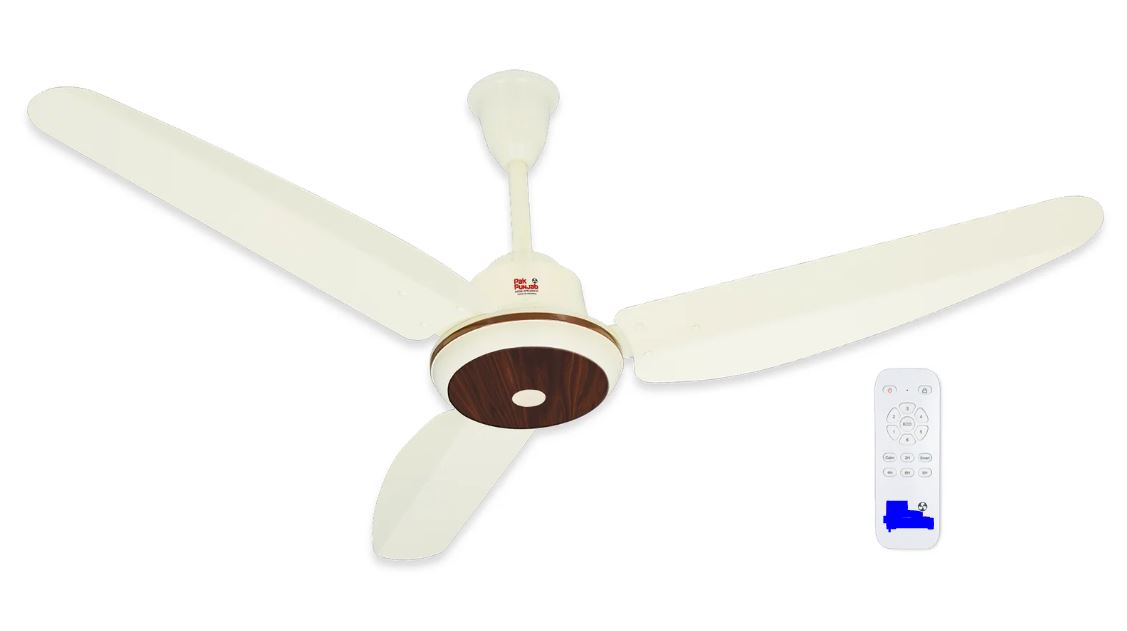As Pakistan continues to face frequent power outages and rising electricity costs, inverter fans, especially those powered by Brushless DC (BLDC) motors, have emerged as a popular solution. Marketed as consuming just 30 watts, these fans promise significant energy savings over traditional ceiling fans, which usually draw between 70 and 90 watts. But how accurate are these claims?
How BLDC Technology Powers Energy Efficiency
Inverter fans with BLDC motors are engineered to minimize energy loss. Unlike conventional AC motors, BLDC motors use permanent magnets and electronic commutation, enabling more efficient operation. These fans adjust their speed based on need, reducing unnecessary power draw. According to multiple industry evaluations, BLDC models consume 50–65% less energy, making the 30-watt benchmark achievable—especially at medium or low speed settings.
Are Manufacturer Claims Reliable?
Many leading brands in Pakistan advertise 30-watt ceiling fans and back their claims with BEE 5-star ratings, which apply to models drawing less than 35 watts. For example, Royal Fans’ iTurbo series reports up to 45 watts in turbo mode but around 30 watts at standard speeds.
The Pakistan Standards and Quality Control Authority (PSQCA) and Bureau of Energy Efficiency (BEE) certifications are reliable indicators. However, wattage may vary slightly in actual use depending on environmental and operational factors.
Real-World Performance: What Consumers Should Know
While a 30-watt rating is plausible, actual consumption can differ:
- Fan Speed: Higher speeds increase power draw to 40–50 watts.
- Inverter Losses: When used with UPS or solar systems, energy losses of 8–10% can occur.
- Voltage Instability: Pakistan’s frequent voltage fluctuations can impact efficiency.
- Design Factors: Smaller 56-inch sweep fans without lights are more likely to meet 30-watt targets.
A 2019 Efficiency for Access Coalition study in Pakistan reported that high-quality DC pedestal fans consumed 14–34 watts, supporting the credibility of low-watt claims for BLDC ceiling fans. More recently, a May 2025 post on X cited fans consistently operating at 28–30 watts, saving up to 65% energy.
How to Verify Efficiency Before You Buy
To ensure you’re purchasing a genuine 30-watt inverter fan, consider the following:
- Check for Certifications: Look for BEE star ratings and PSQCA approval.
- Use a Wattmeter: Test actual power usage. Many 30-watt fans draw 38–41 watts depending on voltage and settings.
- Compare Reputable Brands: Established companies with verified specs are more reliable than unbranded “energy savers.”
Key Benefits of 30-Watt Inverter Fans
Choosing a certified 30-watt fan brings long-term advantages:
- Significant Energy Savings: Can reduce bills by up to PKR 2,000 annually per fan.
- Backup Power Compatibility: Ideal for UPS and solar systems during load-shedding.
- Low Noise & Maintenance: Pure copper winding and durable materials ensure quiet, long-lasting operation.
- Environmental Impact: Reduced energy usage aligns with sustainable living goals.
Considerations Before Investing
Despite their efficiency, inverter fans come with a few trade-offs:
- Higher Initial Cost: BLDC fans are priced between PKR 9,000–15,000, higher than standard models.
- Installation Complexity: Proper wiring is essential, and using dimmers may void warranties.
- Market Confusion: Not all “low-wattage” fans meet the advertised benchmarks.
Are Inverter Fans Worth It?
In most use cases, 30-watt inverter fans live up to their reputation—especially when sourced from credible brands and operated at optimal settings. Although real-world consumption may vary slightly, they still offer substantial cost and energy savings for Pakistani households. With rising energy demands and frequent load-shedding, inverter fans present a future-ready solution—both economical and environmentally sound.
Topics #30-watt inverter fans #BLDC fans Pakistan #energy-efficient ceiling fans #inverter fan electricity consumption #inverter fan wattage truth #trending pakistan




